Many of us think of pink flamingos as fun, funky, ubiquitous, and tropical. But, the Andean Flamingo isn't so tropical, and certainly less ubiquitous than the other five species of these wading birds.
This particular species of flamingos doesn't quite fit the stereotypes that most of us have about these big, beautiful pink birds.
They don't hang out in hot, steamy, tropical climates, like the Caribbean. They live high in the Andes Mountains of South America.
And, they aren't so plentiful as their brethren in other regions, either. In fact, they are the rarest of all flamingo species, with a conservation status of Vulnerable.
Read on for a basic primer on these fascinating creatures. You'll also discover the two main threats that have earned them a spot on the list of vulnerable species.


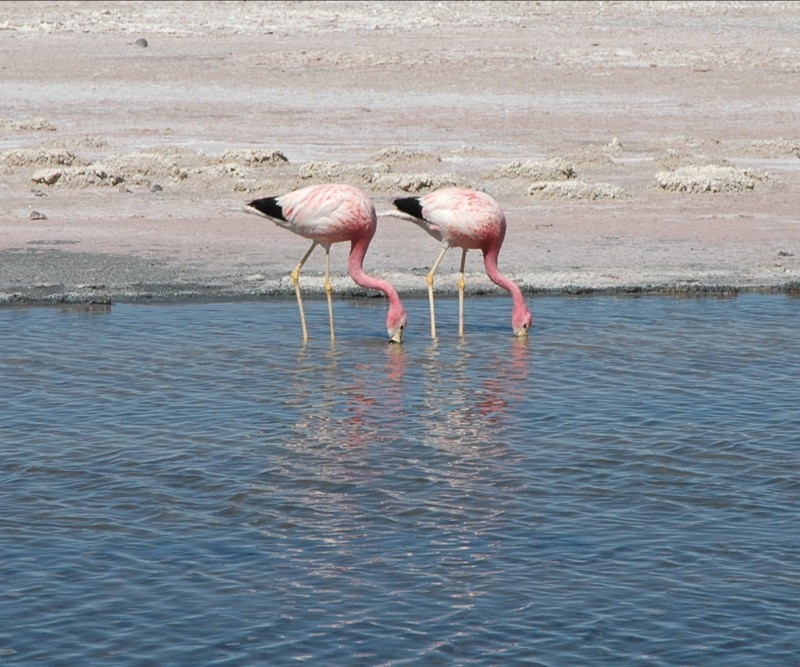
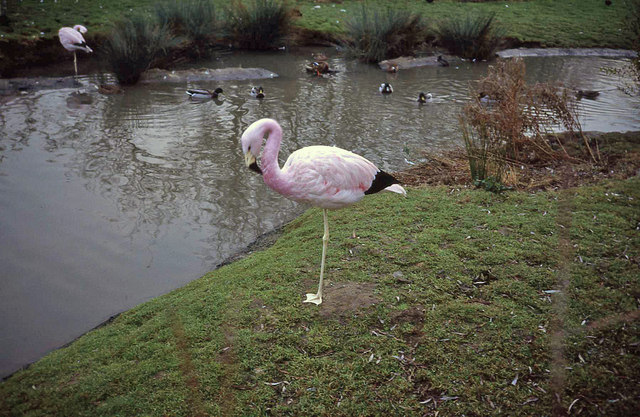










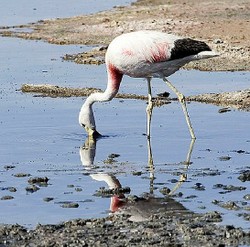

 Gold Heart Locketson 12/30/2015
Gold Heart Locketson 12/30/2015
 Ships and Boats on Electrical Wall Plateson 11/12/2015
Ships and Boats on Electrical Wall Plateson 11/12/2015
 Nautical Jigsaw Puzzles: Ships and the Seaon 11/04/2015
Nautical Jigsaw Puzzles: Ships and the Seaon 11/04/2015
 Tropical Flower Christmas Ornamentson 11/03/2015
Tropical Flower Christmas Ornamentson 11/03/2015
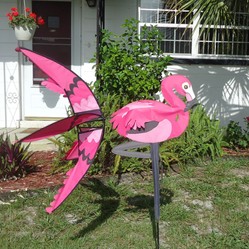
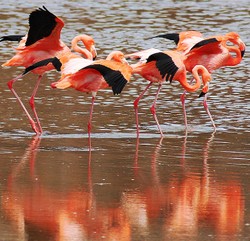
Comments
CruiseReady, It's easy to raise awareness of the Andean flamingo plight by carrying totes, by including curtains, holders, prints, pumps and tiles in home decor and by wearing cameos and shirts. Now if only the company behind those product lines would set aside a portion of profits to Andean flamingo conservation...!
Thank you.
Thanks for the identification tip, now I know. Good article.